Stories are a fundamental need of the human species – the desire to tell them, see them, hear them, read them. Prehistoric scratchings on cave walls tell stories, as does the Bible, later medieval bards and minstrels and Moms and Dads at the dinner table and bedtime.
Beginning in the late 1800s, the optical magic of moving pictures brought stories to life, even before the sounds of radio teased listeners’ imaginations. Through the newer magic of special effects and magic, film put moviegoers into ridiculously dangerous and exciting places, safely.
Movies also created a global industry of fame where a select few who looked good, talked good, emoted well could earn fantastically vast fortunes leading glamorous lives on-screen before retreating to their too often tawdry existence offstage enabled by all that money.
But always, movies have been a risky business, ever since the very first flick in 1888, a 2.11-second moving-picture thriller by a French inventor with the priceless theatrical name of Louis Le Prince.
Over the decades movies, like books, took billion of viewers into places, predicaments, stories, and lives around the world and even beyond to galaxies far, far away.
Until, that is, last year when a microscopic contagion turned our ordinary lives into a catastrophic global drama of its own that belittled even the most special special-effects.
Lockdowns and fear of the invisible unknown brought movies and indeed entire economies and lives to a dead halt. As the apocryphal Hollywood producer is said to have said after his new movie bombed, “If people don’t want to come, you can’t stop them.”
But now the normal life we knew and took for granted is struggling slowly back to a new normal. Airplanes are loading. Restaurants are serving meals – indoors. And – oh, look! – movies are reopening.
The future of movies was once deemed endangered back in the late forties-early fifties when this TV thing first came out. Movies not only survived, they adapted and thrived with air conditioning, 3D, amazing sound systems, comfy seats, even waitered meals and other improvements that heightened the communal experience of witnessing a well-told visual story.
However, this pandemic thingie may have forever changed movie theatres and movie-going as well as the preferences of moviegoers themselves.
And not just because of the criminal price gouging of popcorn and other concessions.
People have become accustomed to consuming entertainment in new and improved forms, much like they’ve grown accustomed to and enamored of WFH (Working From Home). A battalion of streaming services permit binge-watching for a fraction of the monthly cost of a family’s single theater visit.
Moviemakers have even adopted the once commercial heresy of releasing brand-new movies directly to streaming services. So, it can be premiere night on your own red, brown, or grey carpet.
Streamers have a Pause button for bathroom breaks, snack runs from your own couch, and zero danger of Anthony Stephen Fauci dropping by to check mask protocol.
Will movie fans return to paying more than $10 apiece for the privilege of paying even more for a snack to sit in a darkened room with sticky floors and 200 other people – some malevolently coughing – to watch a movie. While sipping a $5 drink with 60 cents worth of Coke in it?
Will you?
Summertime is traditionally a huge time for the movie business, along with the end-of-year holidays. It’s still early in The Recovery. But initial signs are worrisome for theater owners.
Depending on how you split the fractions, about half of Americans now say “Meh” to attending a movie. While roughly the same percentage (49 percent) intend to return to a theater, down slightly in recent days. So, it’s not exactly “Let’s All Go to the Lobby.”
Peeking inside those numbers, however, is a revealing exercise. The imaginative folks over at Morning Consult have been tracking Americans’ willingness to return to the old normal for months.
Their research shows theater openings have yet to affect streaming behavior at home. About two-thirds still watch a lot there – 63 percent streaming TV shows, 54 percent streaming movies.
Fifty-two percent of adults said they were “excited” to return to the movies, but that number has declined three points in recent weeks.
Among concert-goers, enthusiasm to return slipped slightly to 51 percent. Excitement to return to an amusement park was the only entertainment up slightly, to 49 percent. Inexplicably, 57 percent claim they are excited to return to museums, not including me who’d rather see the dentist.
Yes, they’re “excited.” But not, it seems, excited to return just now. Thirty-eight percent are going to wait a month or so.
Of course, in this fractious era we need a partisan breakdown. Forty-nine percent of all adults are willing to take in a movie soon. But 56 percent of Republicans would be comfortable doing it right now, compared to only 44 percent of those wussy Democrats.
As for timing, about a third expressed comfort in going to the movies in the next month; 16 percent in the next 60 to 90 days. Eight percent are going to wait another six months. While 21 percent have decided to wait more than six months.
Which means come October they’ll miss the twice-delayed James Bond movie, “No Time to Die.”
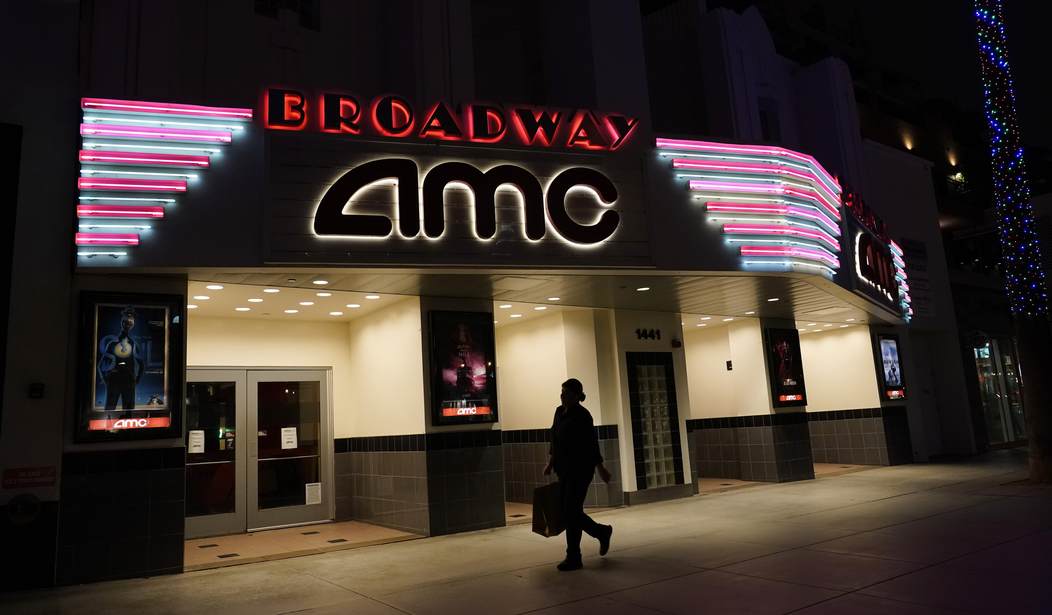
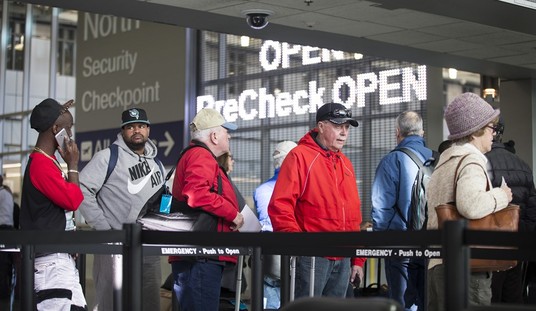


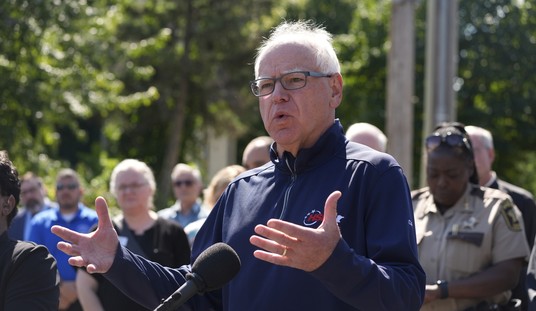



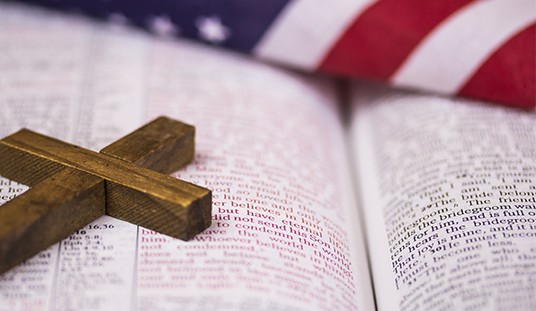




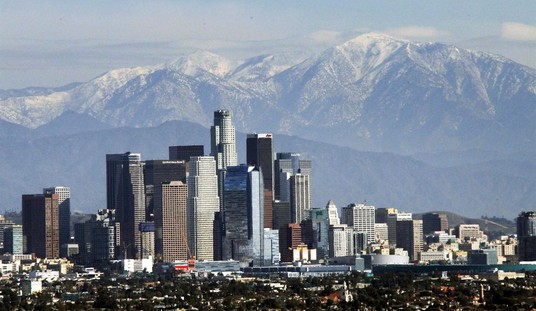
Join the conversation as a VIP Member